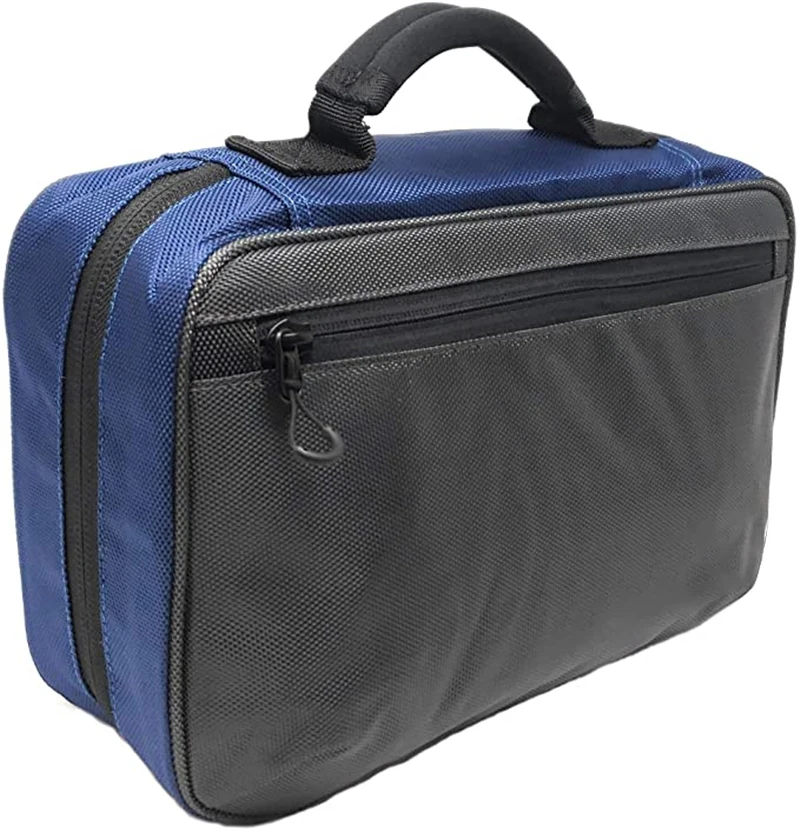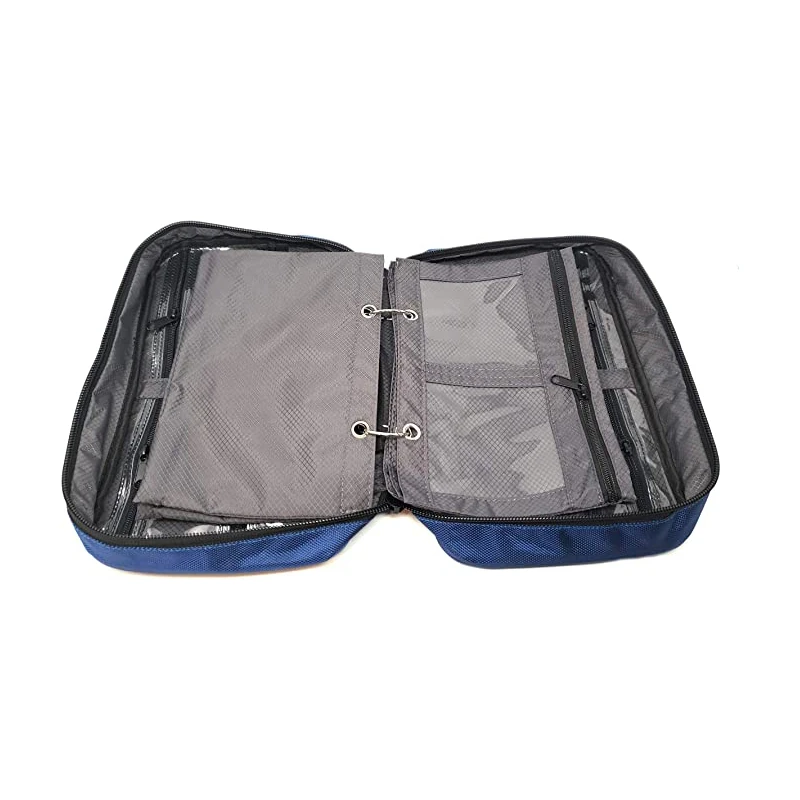Worms for Power Transmission: A Buyer's Guide to Sourcing from China
When it comes to power transmission systems, worms play a crucial role in converting rotational motion with high reduction ratios. Chinese manufacturers have become leading suppliers of these precision components, offering competitive pricing without compromising quality. This guide helps you navigate the complexities of sourcing reliable worms from China.
How to Find Reliable Worms from China in 2025
The global demand for worms is projected to grow 6.2% annually through 2025. When sourcing from China:
- Verify manufacturer certifications (ISO 9001 is essential)
- Request material test reports for hardened steel alloys
- Check production capacity for consistent supply
- Review client references in your industry
- Confirm quality control processes including 100% dimensional inspection
Top industrial zones for worm production include Zhejiang (specializing in precision components) and Guangdong (known for advanced manufacturing).
What Buyers Should Know Before Buying Worms from China
Critical considerations include:
- Lead times: Typically 4-8 weeks for custom orders
- Minimum order quantities: Often 50-100 units for standard sizes
- Payment terms: 30% deposit with balance before shipment is common
- Shipping: Sea freight is most economical for bulk orders
- Warranty: Reputable suppliers offer 12-24 month warranties
Types of Worms
Common variants in power transmission applications:
| Type | Characteristics | Applications |
|---|---|---|
| Single-start | Basic design, cost-effective | Light-duty machinery |
| Multi-start | Higher efficiency, greater load capacity | Heavy industrial equipment |
| Hollow shaft | Weight reduction, easier installation | Conveyor systems |
| Precision ground | ±0.005mm tolerance | Robotics, medical devices |
Functions and features of Worms
Key performance attributes:
- Reduction ratios from 5:1 to 100:1
- Operational temperatures from -20°C to 120°C
- Surface hardness HRC 58-62 for durability
- Efficiency ratings between 50-95% depending on design
- Noise levels below 65dB in proper lubrication
Advanced features include phosphating treatment for corrosion resistance and custom helix angles for specific torque requirements.
Scenarios of Worms
Typical industrial applications:
- Packaging machinery: Precise speed control in wrapping systems
- Elevator systems: Smooth vertical movement with safety braking
- Mining equipment: High-torque power transmission in crushers
- Renewable energy: Solar tracker positioning mechanisms
- Automotive: Steering systems and seat adjusters
How to Choose Worms
Selection criteria:
- Load capacity: Calculate both radial and axial loads
- Speed requirements: Standard (<500 RPM) vs. high-speed variants
- Environment: Stainless steel for corrosive conditions
- Mounting: Flange vs. foot-mounted designs
- Backlash: Precision applications require <0.05°
Case study: A conveyor manufacturer reduced downtime 40% by switching to hardened steel worms with phosphating treatment.
Worms Q & A
Q: What's the typical lifespan of industrial worms?
A: Properly maintained worms last 15,000-20,000 operating hours. Hardened steel versions can exceed 30,000 hours.
Q: How often should worms be lubricated?
A: Most industrial applications require relubrication every 500-800 operating hours. High-speed systems may need more frequent lubrication.
Q: Can I replace just the worm without the wheel?
A: Not recommended. Worn components should be replaced as matched sets to ensure proper meshing and load distribution.
Q: What's the cost difference between Chinese and European worms?
A: Chinese manufacturers typically offer 30-50% cost savings with comparable quality when sourcing from certified factories.
Q: How do I verify material quality?
A: Request mill test certificates (MTCs) and conduct hardness testing. Reputable suppliers provide material traceability.


















